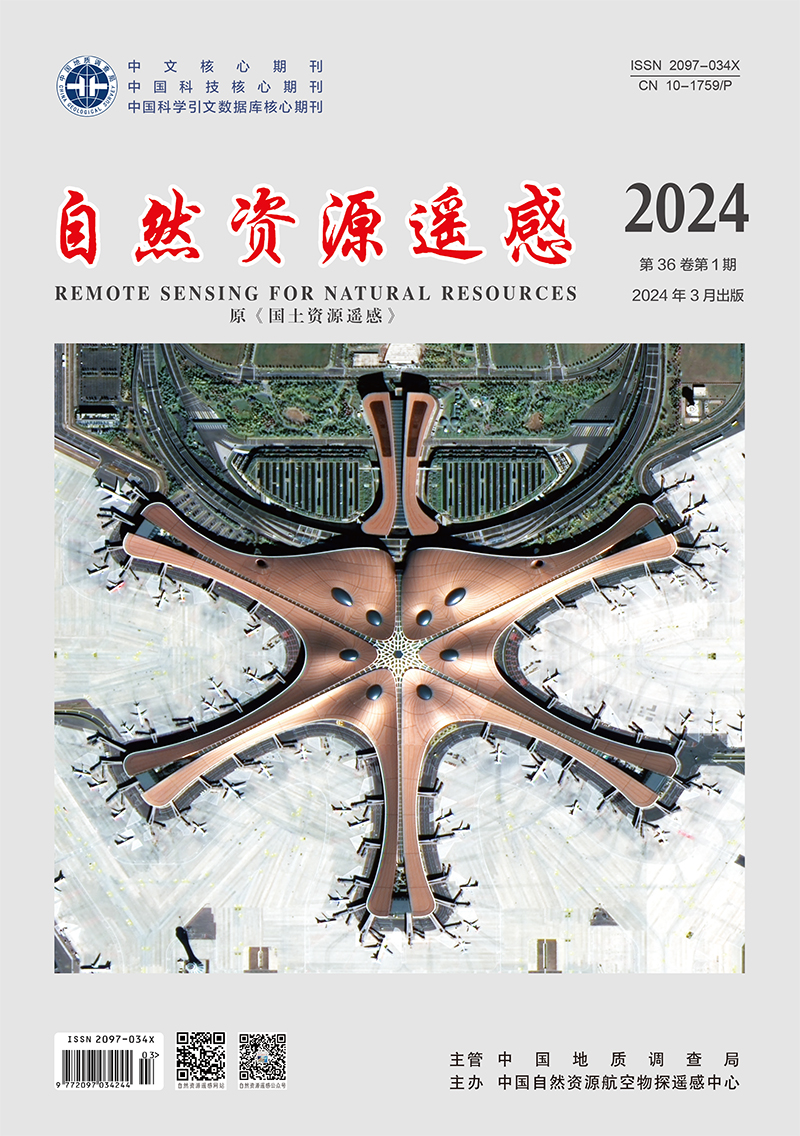GUO Yudi, WANG Tie, CHENG Shanjun, ZUO Tao. 2024. Sea ice in Bohai Sea:Spatio-temporal distribution and the forcing effects of atmospheric circulation. Remote Sensing for Natural Resources, 36(1): 242-249. doi: 10.6046/zrzyyg.2022441
| Citation: |
GUO Yudi, WANG Tie, CHENG Shanjun, ZUO Tao. 2024. Sea ice in Bohai Sea:Spatio-temporal distribution and the forcing effects of atmospheric circulation. Remote Sensing for Natural Resources, 36(1): 242-249. doi: 10.6046/zrzyyg.2022441
|
Sea ice in Bohai Sea:Spatio-temporal distribution and the forcing effects of atmospheric circulation
-
1. Tianjin Climate Center, Tianjin 300074, China
-
;2. Tianjin Marine Meteorological Center, Tianjin 300074, China
-
Abstract
Sea ice disasters, significant marine disasters in the Bohai Sea in winter, severely threaten oil exploitation, marine transportation, and fishery. Hence, it is particularly critical to monitor and predict the formation and melting of sea ice. Based on MODIS data, reanalysis grid data, and meteorological observation data from 2001 to 2020, this study derived the daily sea ice area of the Bohai Sea through the inversion of satellite data. Then, this study conducted a statistical analysis of changes in the sea ice area, including inter-annual variations and the variations during the freezing, severe ice, and melting periods in different years with sea ice disasters. Moreover, this study delved into the differences in the atmospheric circulation of the Bohai Sea between years with severe and mild sea ice disasters. The results show that: ① Over the past 20 years, higher sea ice grades in the Bohai Sea corresponded to longer ice periods, and the sea ice area experienced a decrease-increase-decrease process, which was opposite to the changes in accumulated temperature; ② Intra-annual sea ice formation and melting processes exhibited a single peak or multiple peaks, with the multi-peak type corresponding to a longer ice period and large-scale ice-bound time; ③ During the initial ice formation period, the sea ice in the Bohai Sea was primarily distributed in the Liaodong Bay, with the sea ice area in a year with severe sea ice disasters more than twice that in a year with mild sea ice disasters. During the ice period, the sea ice covered almost all three bays, completely covering the three bays in years with severe sea ice disasters. During the ice melting period, the sea ice still spread primarily in the Liaodong Bay, manifesting an EN-WS-directed distribution; ④ Compared to years with mild sea ice disasters, years with severe sea ice disasters showed more favorable atmospheric circulation for sea ice formation, accompanied by stronger and cooler cold air behind the upper-level trough along the area from Lake Baikal to Northeastern China. Furthermore, there is a strong negative correlation between the sea ice situation in the Bohai Sea and the 500 hPa geopotential height, with the latter determining the former.
-

-
-
Access History







 DownLoad:
DownLoad: